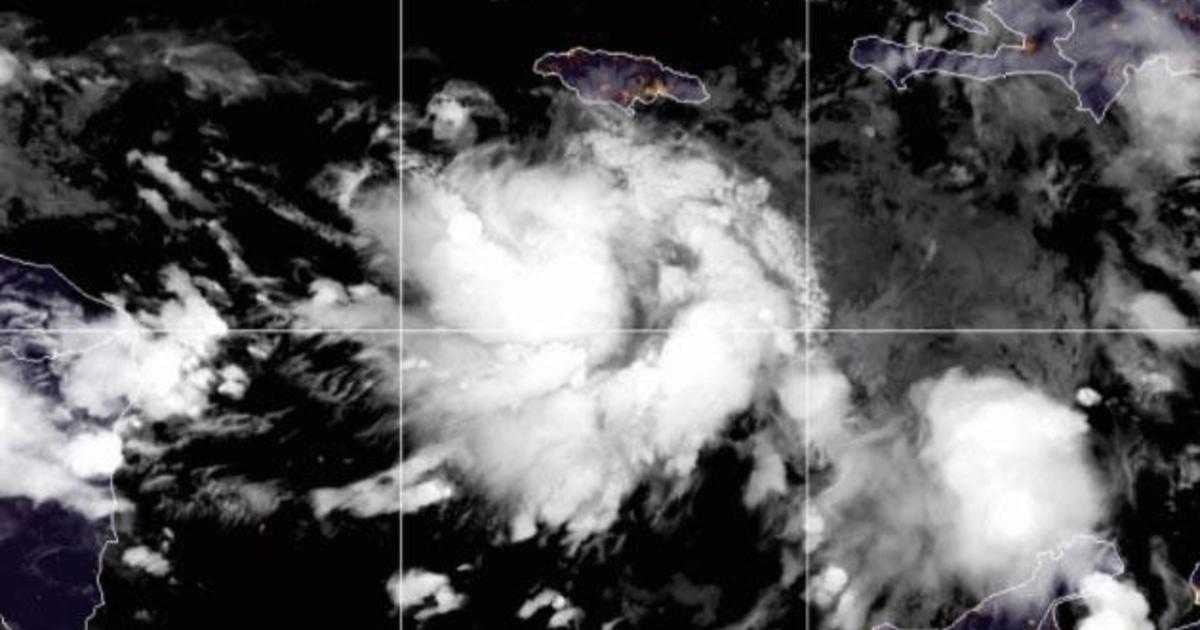As deadly Tropical Storm Gamma stalled just north of Mexico’s Yucatan Peninsula on Monday, a potentially more threatening Tropical Storm Delta formed in the Caribbean, aiming to hit western Cuba and eventually the U.S. Gulf Coast, likely as a hurricane. Gamma lashed Mexico’s resort-studded coast with near-hurricane force winds, and drenched Tabasco and Chiapas states with a deluge that killed at least 6 people and forced thousands from their homes.
Delta, meanwhile, was forecast to become a hurricane before hitting Cuba, and then intensify with winds around 100 mph before making landfall on the U.S. Gulf Coast around Friday. And while there is a large uncertainty in track and strengthening five days out, “there is a risk of dangerous storm surge, wind, and rainfall hazards along the coast from Louisiana to the western Florida Panhandle,” the hurricane center said.
Tropical Storm #Delta has formed over the northwestern Caribbean Sea. Additional strengthening is likely and the system is expected to be at or near hurricane strength when it pass near or over western Cuba late Tuesday or early Wednesday. Latest at https://t.co/tW4KeGdBFb pic.twitter.com/qBJJdAh6Ze
— National Hurricane Center (@NHC_Atlantic) October 5, 2020
CBS News weather producer David Parkinson says the storm will likely make landfall in Louisiana or Mississippi.
“While the storm might even make it to Category 3 strength, it should run out of fuel by the time landfall happens which will likely be as a 95 mph Category 1 or a 100 mph Category 2,” Parkinson said.
Mexico’s civil defense agency said in a statement that four of the deaths blamed on Gamma, including two children, were in Chiapas, where a landslide on a mountainous slope buried their home. The other two deaths were in Tabasco state, where one person was dragged away by the water and another drowned..
Gamma, along with cold fronts, combined over the weekend to cause extreme rains in parts of the Yucatan Peninsula and Chiapas, affecting more than half a million people. The hardest-hit state was Tabasco, where more than 3,400 were evacuated to shelters.
The storm came ashore Saturday near Tulum with maximum sustained winds of nearly 70 mph – 4 mph short of hurricane force, according to the U.S. National Hurricane Center in Miami. Thousands of tourists were affected in a resort area that only recently reopened after a pandemic shutdown: The state’s tourism department reported Friday on Twitter that more than 41,000 tourists were present in Quintana Roo, with hotels in Cancun and Cozumel already at more than 30% occupancy.
Mexican authorities continued to warn people in the Yucatan on Monday as Gamma stalled offshore. The hurricane center said early Monday that Gamma was about 170 miles northeast of Progreso, Mexico, and had maximum sustained winds of 50 mph. Forecasters predicted up to 8 more inches of rain in the states of Yucatan, Campeche and Tabasco, producing significant flash flooding.
Delta is the earliest 25th named storm to form in the Atlantic, beating the old record of Nov. 15, 2005, according to Colorado State University hurricane researcher Phil Klotzbach.
Tropical Storm Delta is seen in this NOAA satellite image on Monday, October 5, 2020.
NOAA
Delta had top winds of 40 mph early Monday and was about 270 miles southeast of Grand Cayman. It was moving near 9 mph, on track to hit the Cayman Islands Monday night and approach western Cuba Tuesday afternoon or evening before moving into the Gulf on Wednesday.
A tropical storm warning was issued for the Cayman Islands and a hurricane watch was in effect for western Cuba and its Isle of Youth. Forecasters warned of heavy rainfall, flash flooding and mudslides in parts of Jamaica, the Cayman Islands and western Cuba.
